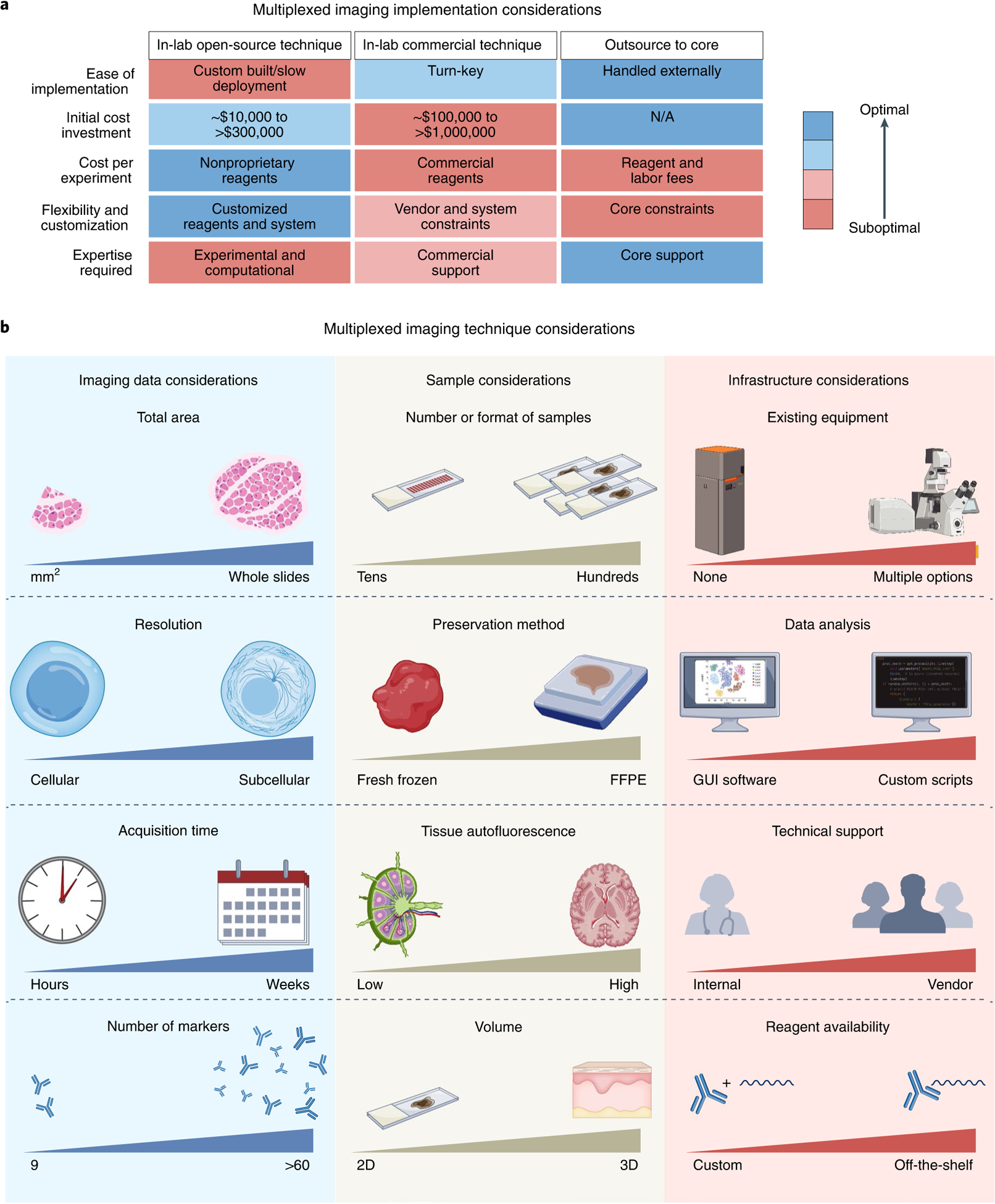Fig. 2 |. Considerations for the choice and implementation of multiplexed antibody-based imaging technologies into existing workflows.

a, Open-source, commercial, and core facility options can be separated by advantages and disadvantages related to ease of implementation, initial cost investment, cost per experiment, flexibility and customization, and the required expertise. b, Several factors govern which method to implement: imaging data requirements (area of tissue needed to be imaged per sample, resolution of final images, time required for imaging each sample, number of markers), sample requirements (number and format of samples, preservation method used for samples, tissue autofluorescence, and whether 2D or 3D volume data are needed), and infrastructure requirements (where existing equipment can be leveraged, level of bioinformatics needed for analysis, technical support, and whether reagents can be purchased or must be customized). Comparisons between different multiplexed imaging techniques are summarized in Supplementary Table 1 and have been described in greater detail in other reviews11,19,20.
